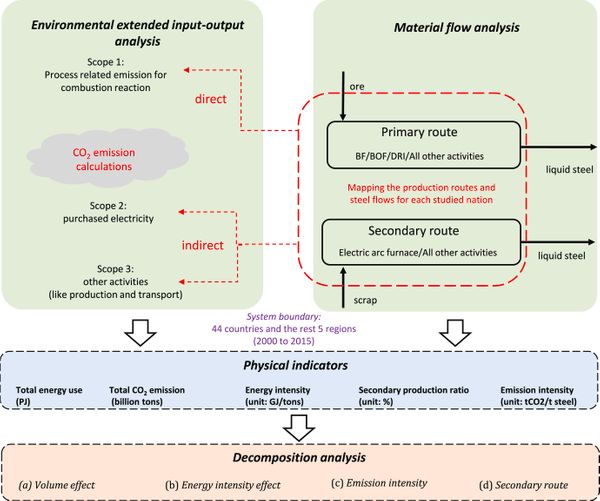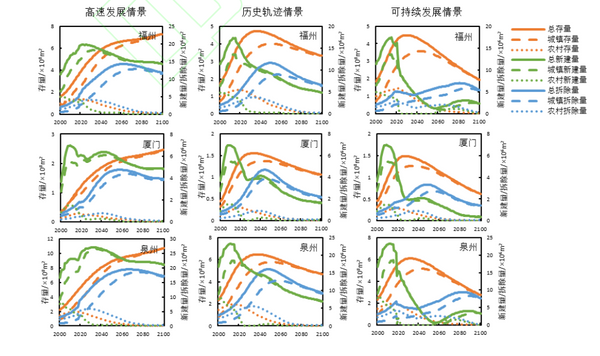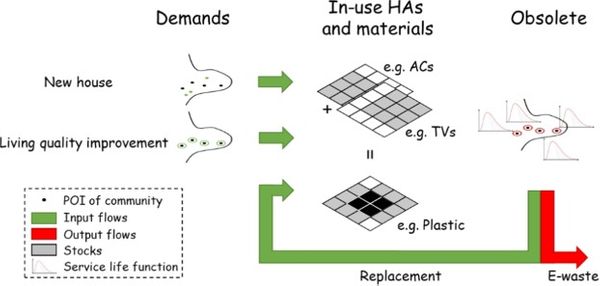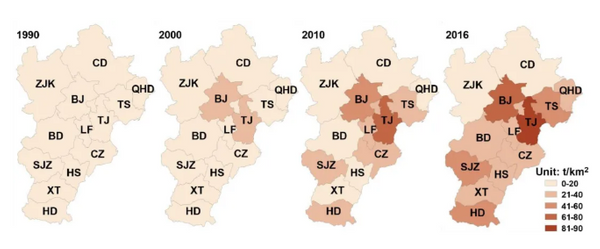Lu Wang, PengWang, Wei-QiangChen , Qian-QianWang, Hu-ShengLu
https://doi.org/10.1016/j.jclepro.2020.122464
Abstract
Scandium (Sc) is the most expensive rare earth element and is widely considered as one of the most critical materials for various emerging applications such as the third-generation solid oxide fuel cell (SOFC) battery. The global Sc demand is expected to increase rapidly, while its supply is mainly constrained by limited mineral reserve and environmental burdens associated with its production. There are few Sc deposits distributed in the world, with small reserves and complicated extraction processes. A large amount of Sc is mainly concentrated in tailings and has not been extracted in large quantities. Besides, detailed assessments on the potential environmental impacts of rare earths production, and Sc in particular, are very rare. This study aims to fill this gap to assess the environmental impacts of the production of Sc oxide, where the technical processes are modelled based on a recent project of Sc recovery from rare earths tailings in Bayan Obo mine. The environmental impacts of 5 major processes and 22 sub-processes involved in the beneficiation stage and the smelting stage have been evaluated with the synergies of various inventory data. It is found that the beneficiation stage accounts for 88% of the overall impact, around 56% of which is contributed by the secondary separation process. Among the ten assessed categories, Human toxicity non-cancer (HTNC) and Global Warming Air (GWA) are the top two significant impacts caused by Sc oxide production. Through comparative analysis with published results, it’s found that the environmental impact of scandium oxide production from the tailings of Bayan Obo mine are much lower than those of direct production from the mixed rare earths ores. Our hotspot analysis identifies that the consumption of steam in Fe separation (II) and oxalic acid in oxalic acid precipitation are the major contributors to the total environmental impacts of Sc oxide production. Thus, strategies to reduce their use and improve environmental performance in their production are highly encouraged. This study can provide a basis for sustainable raw material sourcing for the clean development of the third generation SOFC battery.
Keywords
scandium oxiderare earthslife cycle assessmentcritical mineralsBayan Obo







